Ambient lighting is the cornerstone of any successful interior design, providing a foundation of light that enhances both the functionality and aesthetics of a space. At its core, ambient lighting refers to the general, overall illumination of an area, often achieved through the use of ceiling lights, wall-mounted fixtures, or natural lighting.
In this article, we’ll explore the multifaceted world of ambient lighting interior design, exploring why it’s crucial for creating inviting and comfortable spaces, the key components that bring it to life, and, most importantly, seven brilliant ideas to incorporate it into your living rooms, bedrooms, kitchens, and even outdoor areas.
From the psychological effects of lighting to practical tips on achieving the perfect balance of light in your home, we’ve got you covered. Prepare to be illuminated with inspiration and actionable advice that will transform your space into a haven of light and comfort.
What Is Ambient Lighting?
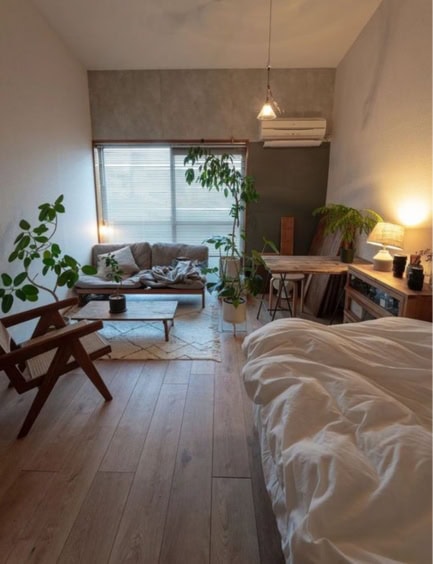
Ambient lighting, in the world of interior design, is like the canvas on which artists create their masterpieces. It’s the base layer of illumination that ensures a space is comfortably lit, without any harshness or glaring brightness. Imagine walking into a room bathed in a soft glow that gently envelopes the entire area, making it feel welcoming and cozy.
This type of lighting is achieved through various sources, like overhead lights, recessed fixtures, or even natural light streaming through windows. It’s the light that allows you to navigate a space without the need for additional lighting.
For instance, the warm wash of light from a ceiling pendant or the subtle brightness provided by floor lamps placed strategically around the room, contribute to what we experience as ambient lighting.
But why is it so crucial in interior design? Well, besides preventing us from bumping into furniture in the dark, ambient lighting sets the overall mood of a space. It can transform a stark, sterile room into a warm and inviting area or make a cramped space feel open and airy.
In essence, ambient lighting serves as the backdrop for all the other design elements in a room. It’s the starting point for building layers of light, which might include task lighting for reading or accent lighting to highlight artwork. Without this foundational layer, a room’s design would lack depth and warmth, proving just how integral ambient lighting is to interior design.
What Are the 7 Brilliant Ambient Lighting Interior Design Ideas?
1. Layer with Dimmers
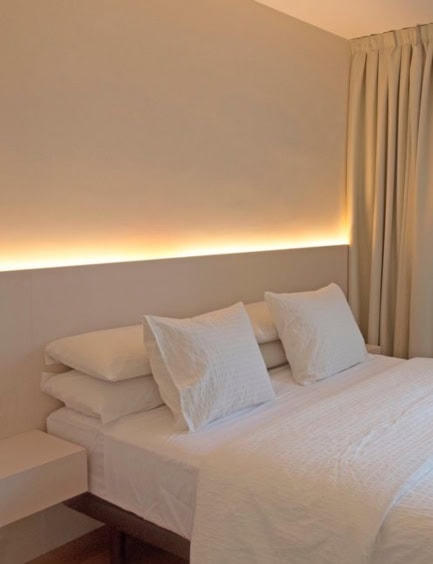
Adding dimmers to your ambient lighting setup allows for versatile mood settings at the turn of a knob. Whether hosting a dinner party or settling in for a movie night, dimmers let you adjust the room’s vibe to match the occasion perfectly.
2. Smart LED Strip Installations
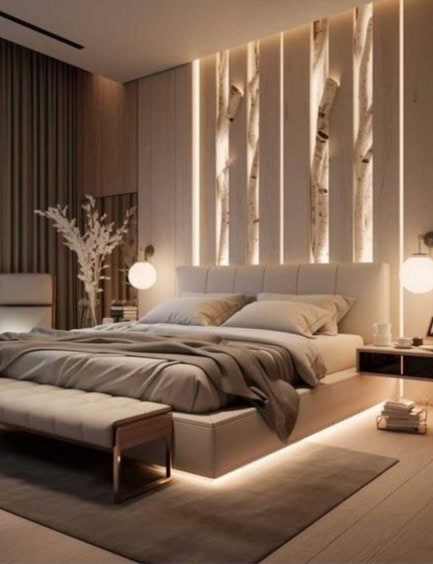
LED strips hidden behind crown moldings or under furniture like beds and cabinets offer a futuristic glow that can change colors and intensity. They are perfect for adding a modern, dynamic element to any space, easily controlled via smart devices.
3. Utilize Natural Light
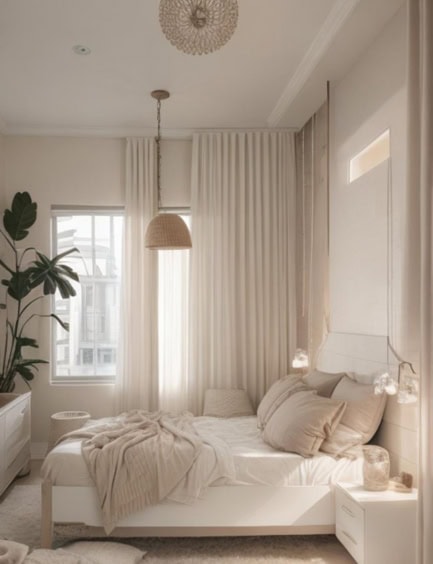
Maximizing the use of natural light can transform an area, making it appear larger and more inviting. Sheer curtains or strategically placed mirrors can amplify daylight, blending seamlessly with artificial ambient lights for a balanced, eco-friendly illumination.
4. Globe Pendant Lights
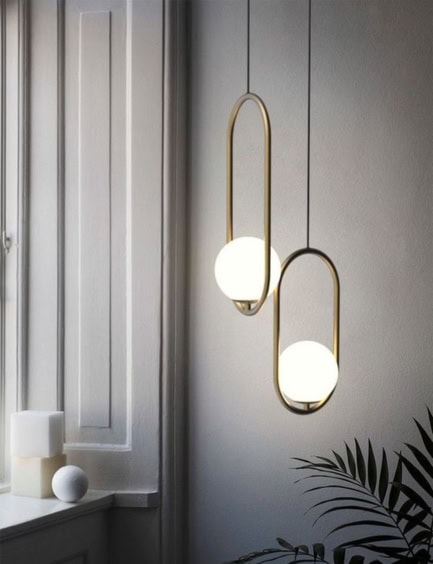
Simple yet elegant, globe pendant lights emit a soft, diffuse light that can make any room feel cozy and sophisticated. Hanging them at different heights creates a focal point and adds visual interest to the room.
5. Recessed Ceiling Lights
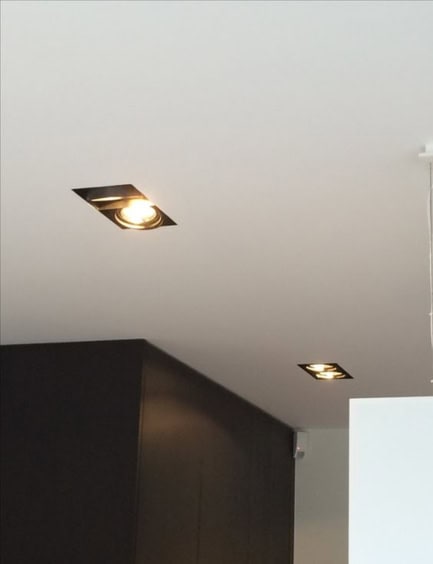
For a minimalist approach that doesn’t skimp on illumination, recessed ceiling lights are a go-to. They provide a clean look while evenly distributing light across a room, eliminating shadows without being intrusive.
6. Floor Lamps with Fabric Shades
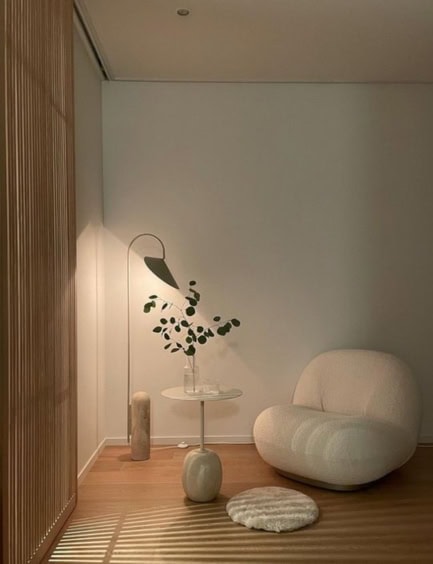
Fabric shades on floor lamps cast a gentle, ambient light that softens the room’s overall feel. They introduce a tactile element to the design and can be matched with room accents for a cohesive aesthetic.
7. Wall Sconces with Warm Tones
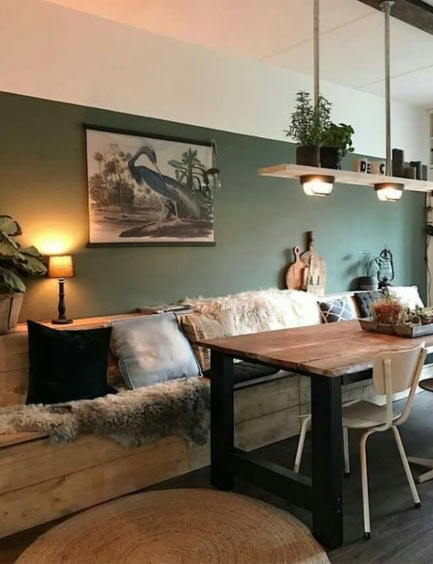
Wall sconces with warm-toned bulbs can create a soothing halo effect, ideal for bedrooms or bathrooms. Placing them at eye level can also draw attention to wall art or architectural details, adding depth and character to the space.
These ambient lighting ideas not only elevate the design of your home but also enhance its warmth and functionality, creating a welcoming atmosphere for all who enter.
Why Is Ambient Lighting Crucial for Interior Design?
Ambient lighting is essential for interior design, serving as the backbone for a space’s mood and functionality. It offers foundational illumination, fostering an inviting and comfortable atmosphere that eliminates harsh shadows and welcomes interaction.
By enhancing safety and navigation with its soft glow, ambient lighting also accentuates architectural details and adds depth, transforming spaces into vibrant, cozy environments.
Moreover, it plays a crucial role in occupants’ psychological well-being by reducing eye strain and improving mood. Thoughtful application of ambient lighting can thereby not only beautify spaces but also support healthier, more harmonious living.
How Can You Implement Ambient Lighting in Living Rooms?
Implementing ambient lighting in living rooms involves a mix of light sources to create a welcoming and functional space. Here are key strategies:
- Ceiling Fixtures: Start with a central ceiling fixture, like a chandelier or pendant light, to spread a base layer of light throughout the room.
- Recessed Lighting: Install recessed lights around the perimeter of the room to fill in any shadows and create an even light distribution.
- Floor Lamps: Place floor lamps in dark corners or beside seating areas to add warmth and depth to the ambient lighting.
- Dimmers: Equip lighting fixtures with dimmers to adjust the room’s brightness according to the time of day or desired atmosphere.
- Smart Bulbs: Use smart LED bulbs that can change color temperature—from cool daylight to warm white—adapting to different activities or times of day.
- Reflective Surfaces: Incorporate mirrors or other reflective decor to bounce light around the room, making it appear brighter and more spacious.
- Window Treatments: Opt for sheer curtains that allow natural light to filter through while providing privacy, enhancing the room’s ambient glow during the day.
By combining these elements, you can create a layered ambient lighting scheme that enhances the living room’s comfort, functionality, and overall aesthetic appeal.
Which Ambient Lighting Ideas Work Best for Bedrooms?
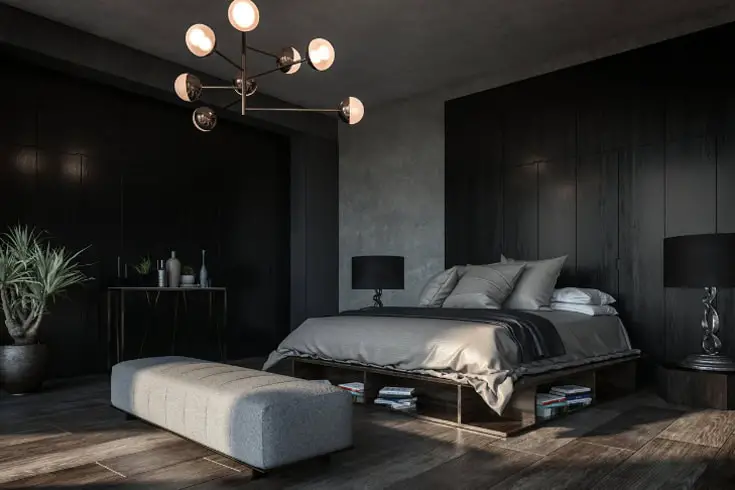
For bedrooms, where comfort and relaxation are key, the right ambient lighting can make all the difference. Here are some ambient lighting ideas that work best for creating a tranquil and cozy bedroom:
- Warm LED Bulbs: Choose LED bulbs with a warm color temperature (around 2700K) for lamps and ceiling fixtures to create a soothing atmosphere conducive to relaxation and sleep.
- Dimmer Switches: Installing dimmer switches allows you to adjust the lighting to suit different times of day and activities, whether it’s reading in bed or winding down before sleep.
- Wall-Mounted Sconces: Sconces on either side of the bed provide soft, directed light for reading while freeing up nightstand space. Opt for fixtures with movable arms for versatility.
- Indirect Lighting: Consider cove or valance lighting that casts a glow on the ceiling or walls for a soft, indirect light that doesn’t overpower the room.
- String Lights: For a whimsical touch, string lights around the headboard or along a wall can offer a gentle, fairy-tale glow, perfect for creating a cozy ambiance.
- Floor Lamps with Fabric Shades: A floor lamp with a fabric shade can diffuse light softly throughout a corner of the bedroom, adding warmth and a decorative element.
- Bedside Lamps with Soft Shades: Table lamps with soft, opaque shades on nightstands provide a gentle light that’s ideal for bedroom ambiance, making it easy to relax and drift off to sleep.
Combining these ambient lighting ideas can help you achieve a bedroom that’s not only a comfortable retreat but also a space that reflects your personal style and meets your lighting needs.
What Ambient Lighting Strategies Enhance Kitchen Spaces?
Ambient lighting in kitchens should offer both functionality and aesthetic appeal since the kitchen is not only a place for cooking but often a central gathering spot in the home. Here are effective ambient lighting strategies to enhance kitchen spaces:
- Layered Lighting: Start with a central ceiling fixture or recessed lighting to provide overall illumination, then add under-cabinet lights for task lighting and pendant lights over islands or dining areas for added warmth and focus.
- Dimmer Switches: Equip lighting fixtures with dimmers to adjust the light intensity according to the time of day and activity, ensuring flexibility whether you’re cooking, dining, or entertaining.
- LED Recessed Lighting: Install energy-efficient LED recessed lights in the ceiling to evenly distribute light throughout the kitchen without overpowering the space. Opt for a warm white color temperature for a cozy feel.
- Pendant Lights: Use pendant lights over kitchen islands or dining tables to add style and character to the kitchen while providing focused ambient light that enhances both the functionality and aesthetics of the space.
- Under-Cabinet Lighting: Incorporate under-cabinet LED strip lights to illuminate countertops for meal prep and create a soft glow that enhances the kitchen’s ambiance during non-cooking times.
- Accent Lighting: Add accent lighting inside glass cabinets or beneath toe kicks to highlight architectural features or décor, adding depth and dimension to the kitchen’s overall lighting scheme.
- Natural Light Maximization: Ensure ample natural light during the day by installing large windows or skylights and using light, reflective surfaces to bounce sunlight throughout the space, complementing artificial ambient lighting.
By thoughtfully combining these ambient lighting strategies, you can create a kitchen that’s not only practical and efficient for culinary tasks but also welcoming and comfortable for socializing and gathering.
Conclusion
Ambient lighting plays a pivotal role in interior design, transforming spaces into warm, inviting, and functional environments. From leveraging dimmers for adaptable illumination to integrating energy-efficient LED options and maximizing natural light, the strategies highlighted offer endless possibilities to enhance your living spaces.
Embrace the transformative power of ambient lighting in your interior design projects, and start experimenting today. Discover how the right lighting can elevate the aesthetics and atmosphere of your home. Dive into the world of ambient lighting and unlock the potential of your spaces.


